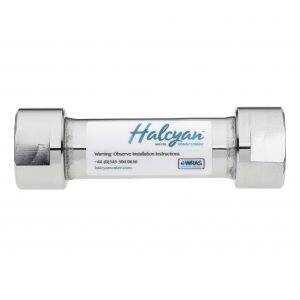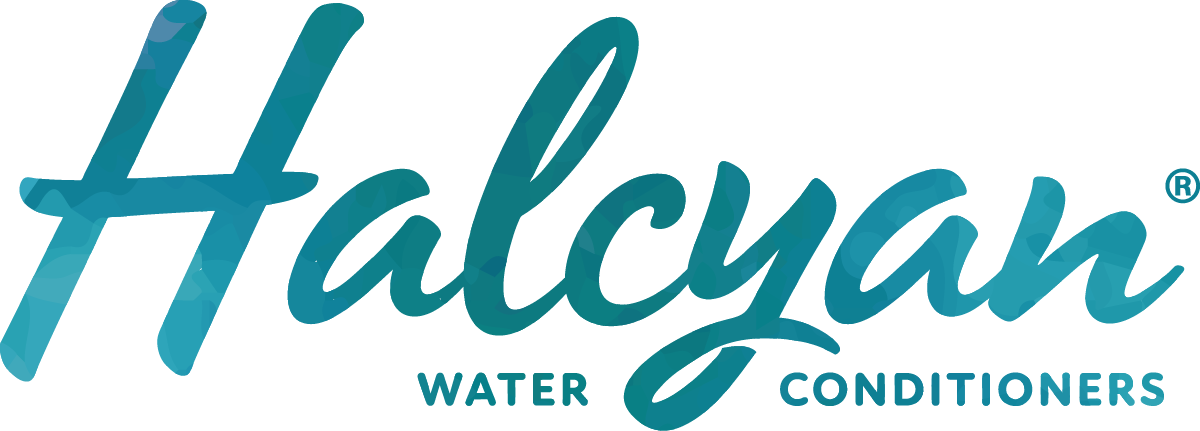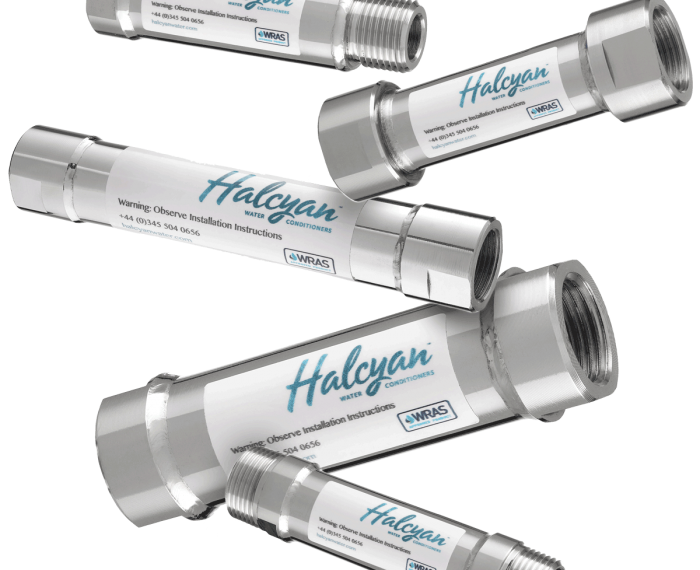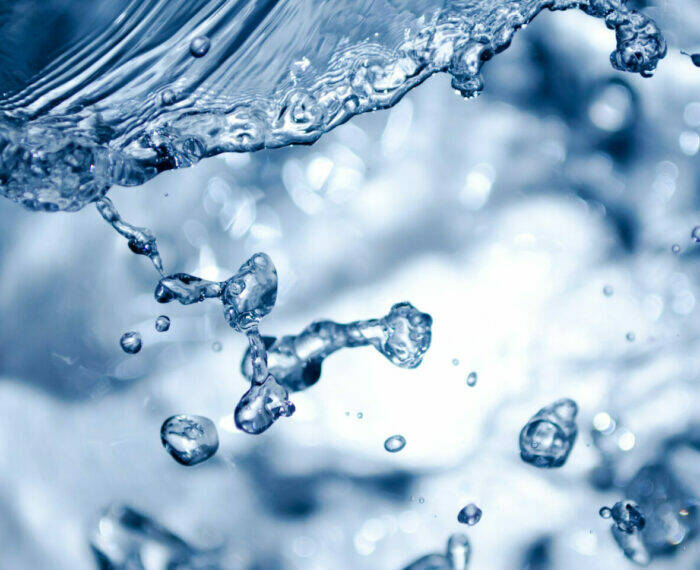In this article we’ll be taking a closer look at what to expect with your Halcyan installed in regard to the residue we mention on our website. In short the easy to clean residue on surfaces is the treated minerals being left behind when the water evaporates. So with the Halcyan and any conditioner you should expect to see this residue in areas such as your taps, showerheads and Shower Screens.
It’s all well and good describing this but much better to show you!
The video below is a montage of different areas of the bathroom and the residue that has accumulated and then this residue being cleaned. This residue has been left on these surfaces for 2 weeks, which tends to be a bit longer than most people wait to clean their bathrooms! Furthermore no descaling chemicals such as Viacal were used in the cleaning of this residue.
How, why and where it forms
So what is this residue? As a conditioner Halcyan doesn’t remove the hard water minerals from the water it instead alters their structure changing the way they behave.
Because the minerals are still in the water, when it evaporates e.g. on a shower door, anything in the water will be left behind. With untreated water these minerals will chemically bond to the surfaces leaving you with the familiar hard and difficult to remove limescale, but with Halcyan the minerals are simply left resting on the surfaces, as a non-bonded residue, ready to be wiped away as part of your normal cleaning process and without the need for stronger anti-limescale chemicals.
This change lasts around 21 days (far longer than other conditioner systems on the market which usually do so for between 24-72 hours). After these 21 days the minerals will start to revert back to their original structure, meaning that any residue if left uncleaned, will begin to harden into back regular scale.
What about the Kettle?
The kettle is a different beast. Due to the high temperatures on the heating element the reaction is undone, and a thin layer of hard scale will build on the heating element.
To dig down a little further, since the Halcyan doesn’t remove the minerals they are still present in the water you use to make tea. The thin layer you’re seeing is the calcium carbonate precipitating onto the surface, due to the very high temperatures on the heating element or hot plate, which temporarily reverses our process, but then that layer is being dissolved by the treated water surrounding it.
This process of ‘deposition’ and ‘removal’ happens on a continuous basis when the element is heating. The important thing is not to empty your kettle each time you use it or there will be no surrounding water left to dissolve any bonded particles. From time to time, this thin hard layer will break up and need swilling out. The layer has no detrimental effect on any heating elements.
What the Residue looks like
So what exactly does this residue look like? It should appear as a white or yellowish, almost crystalline substance. Mostly it will be soft and easy to wipe away, simply with a damp cloth or your hand. In some areas it may be a little harder to remove and will require a touch more elbow grease but the key tell is that it will come off without the use of descaling chemicals such as Viacal. Our earlier video showed some examples of the different kind of residue you should expect to see.
Final Thoughts
We hope this article has helped paint a clear picture of what to expect with a Halcyan so there are no surprises when you fit yours! But if you do need some further clarification then please get in touch with us using our contact details below. Why not find out which Halcyan is right for you? Use our questionnaire below to find out!




